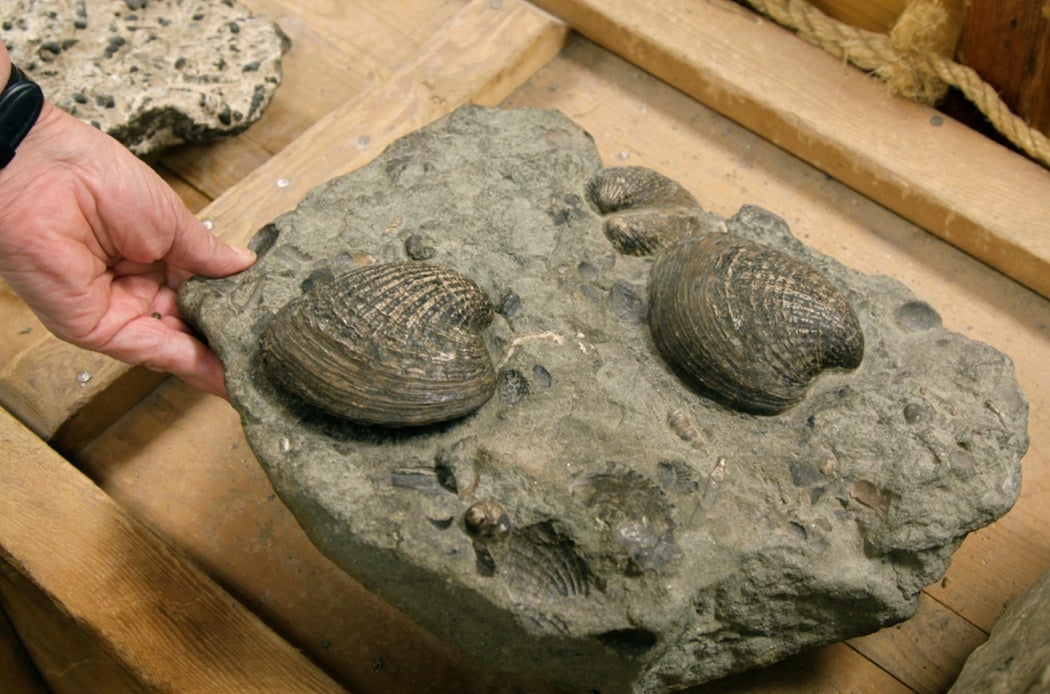Curators in a Doncaster museum were shocked to find that an old plaster cast of an ichthyosaur that was lying about was not a cast, and was in fact a brand new species. The new find is interesting in its own right, but it is notable that it was discovered in plain sight and not in some remote rock formation.
In fact, museums are full of uncatalogued specimens, and many others that have received only cursory examination. Museum collections may actually be the next frontier of species discovery.
The promise of museums as a source of new species discoveries is evident throughout JSTOR. In fact, museums have been specimen hunting grounds since the early days of natural history study. For example, O.F. Cooke, writing in the American Naturalist in 1896, describes a fruitful visit to Harvard’s Museum of Comparative Zoology.
Despite grousing a bit about the difficulty of identification, his one visit resulted in the discovery of numerous new species of soil-dwelling centipedes. An example typical of a more modern discovery is a 2005 paper by Adrian Tejedor, who describes discovering a new species of bat from multiple specimens stored across five museums in both the U.S. and Mexico. That species was later confirmed through field study in Mexico and Central America.
Discovering new species can be an end in itself, and it is much more cost-effective to look for new species in the storage space of a nearby museum than to trek to remote, under-cataloged areas. However, the true value of museum collections might be where their core mission of preservation intersects with discovery.
As biodiversity is lost, and entire habitats erased, the last links to the life that used to thrive there might be an old specimen collected 100 years ago and lovingly preserved. Museums don’t just keep a record of species, but in many also cases serve as repositories of genetic diversity.
Comparison of current organisms and historical collections can also help explain how they are adapting to change. At the rate things are going, museums might be the only place to search for new species—and the only hope for restoring those that have been lost.







